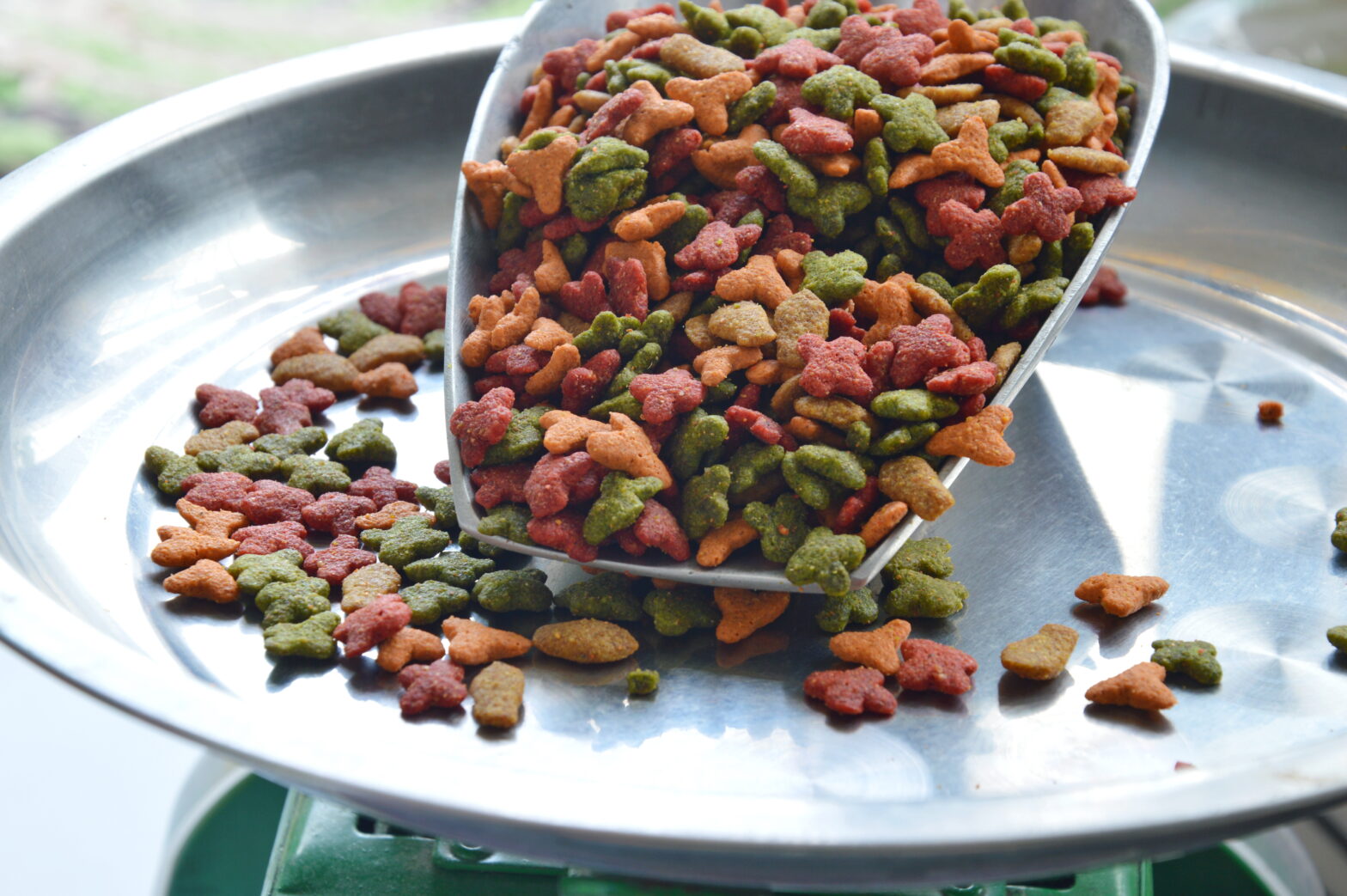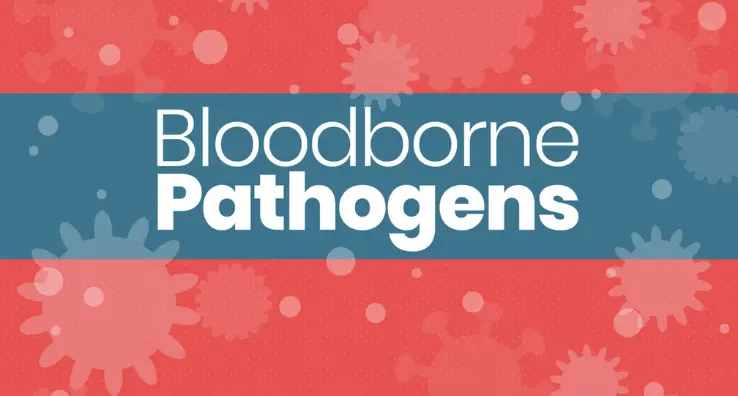3 Tips for Operational Excellence within Pet Food Manufacturing

When it comes to food manufacturing, the pet food industry isn’t always in agreement on how to properly test and inspect pet food products. While it’s true that pets aren’t people (although some might argue with that!) it’s still critical to reduce the number of pet food recalls that have been steadily rising in recent years. Setting standardized industry guidelines that improve safety in pet food manufacturing can do much to reduce pet illnesses and fatalities due to foodborne illness.
Investing in a solid employee training program is one way to cut down on the risks associated with toxic pet food related incidents. By incorporating the right interactive courseware that teaches pertinent topics, and a suite of digital tools that can facilitate successful adult learning methods and reinforcement elements, you can empower your workforce to be a food safety defense system.
Here are three tips to keep in mind as you begin to develop initiatives that drive operational excellence in pet food manufacturing:
1.) Never underestimate the power of employee training.
It’s always sad whenever there’s news of a pet food recall — and even sadder when it could have been prevented. Did you know that most pet food withdrawals and recalls (as many as 90%) occur at the production level? The hopeful news is that most of these tragic incidents can avoided by strengthening your employee training program. A robust training program geared toward the employee’s education level and provided in their primary language, helps ensure comprehension among all employees and improves performance on the floor — before minor production mishaps become major market recalls.
2.) Create a continuous learning environment.
While avoiding outbreaks and recalls are important reasons why pet food manufacturing companies need to focus on safety training, having a robust training program in place can also improve productivity and raise employee retention rates. A positive result of this, according to the Association for Talent Development (ATD), is that companies with comprehensive training programs generate a 218% higher income per employee, as well as a 24% higher profit margin. Besides protecting people’s pets — and your brand — investing in training can also improve ROI, paying off in dividends (not to mention, pet karma points!).
3.) Stay Ahead and On Top of FSMA Compliance
Pet food manufacturing companies need to adhere to the same rules that apply to companies that make food fit for humans. After all, for many, pets are part of the family. To that end, it is imperative to ensure you are following both Current Good Manufacturing Processes (CGMPs) and implementing HACCP controls, and that they are both are properly documented. While documentation can be a hassle, setting up automated digital records will develop a smoother audit process and eliminate the inaccuracies or disorganization brought on by paperwork. To maintain good compliance standing, pet food manufacturers should also be familiar with FSMA’s Foreign Supplier Verification Rule and Sanitary Transport Rule, when applicable. And next up, be prepared to meet all steps needed for Supply Chain Verification.
How do you work to ensure excellence in your pet food manufacturing operations? How much of a role does employee training play in your safety initiatives? Share your thoughts with us below!





